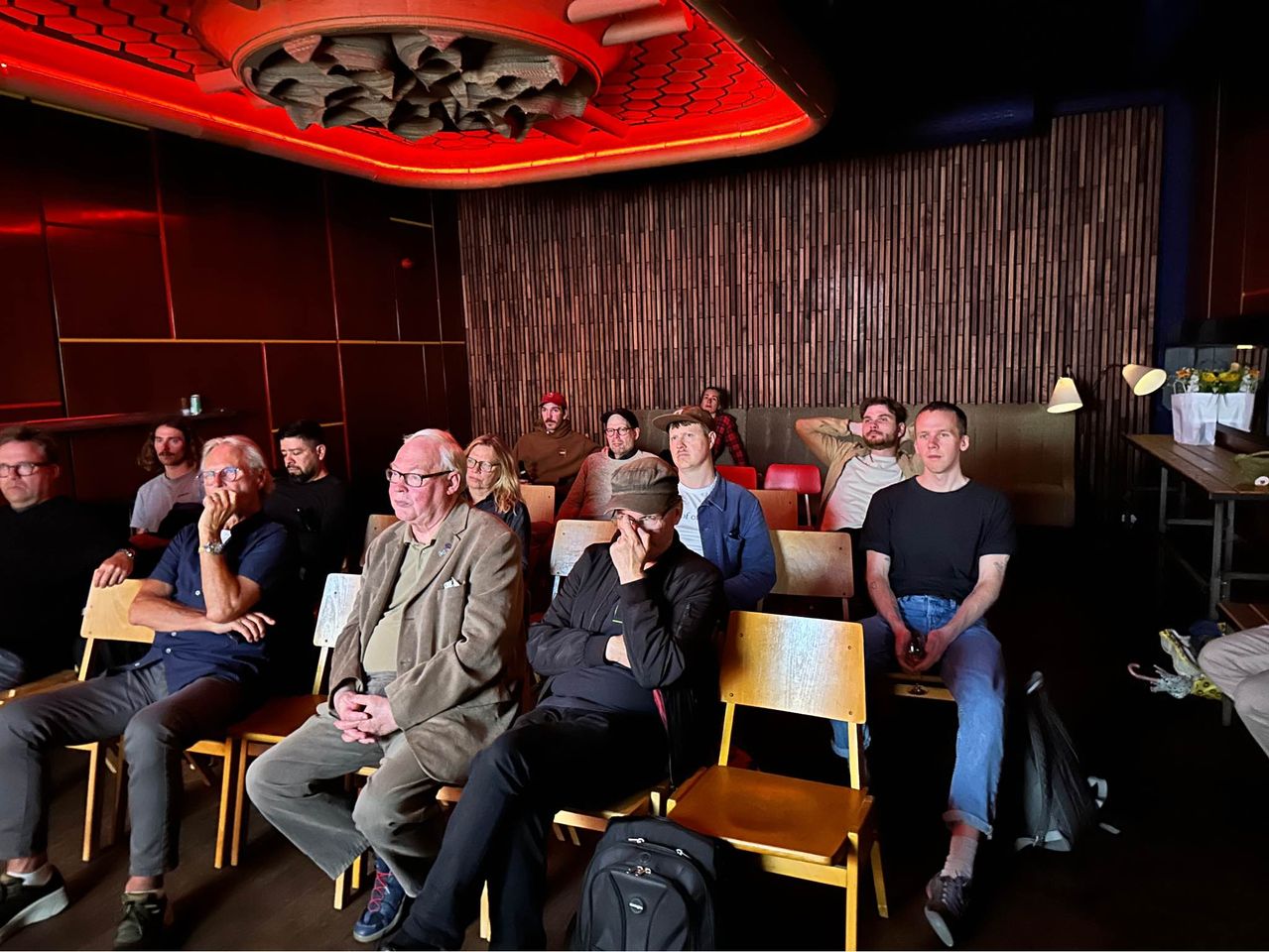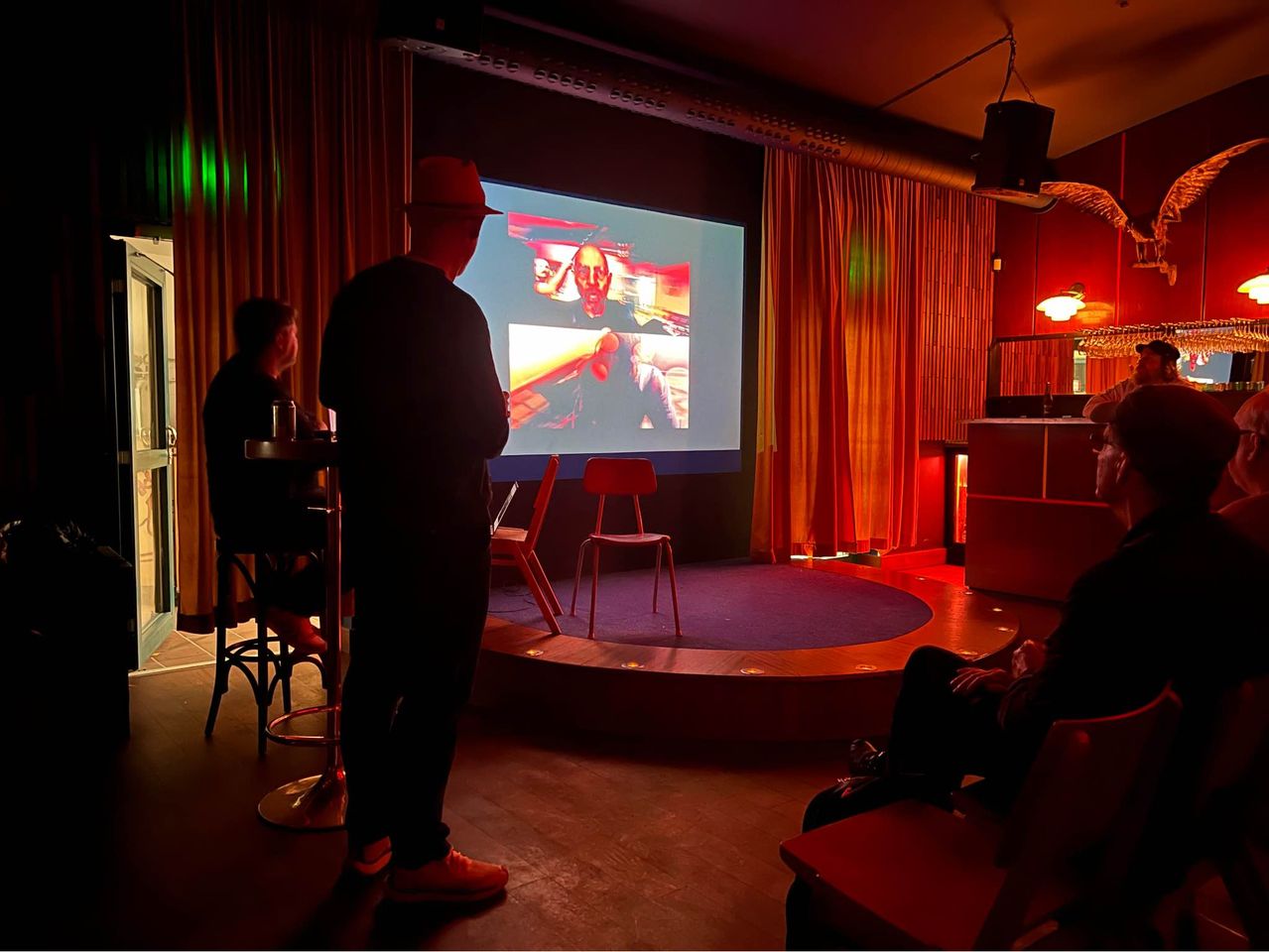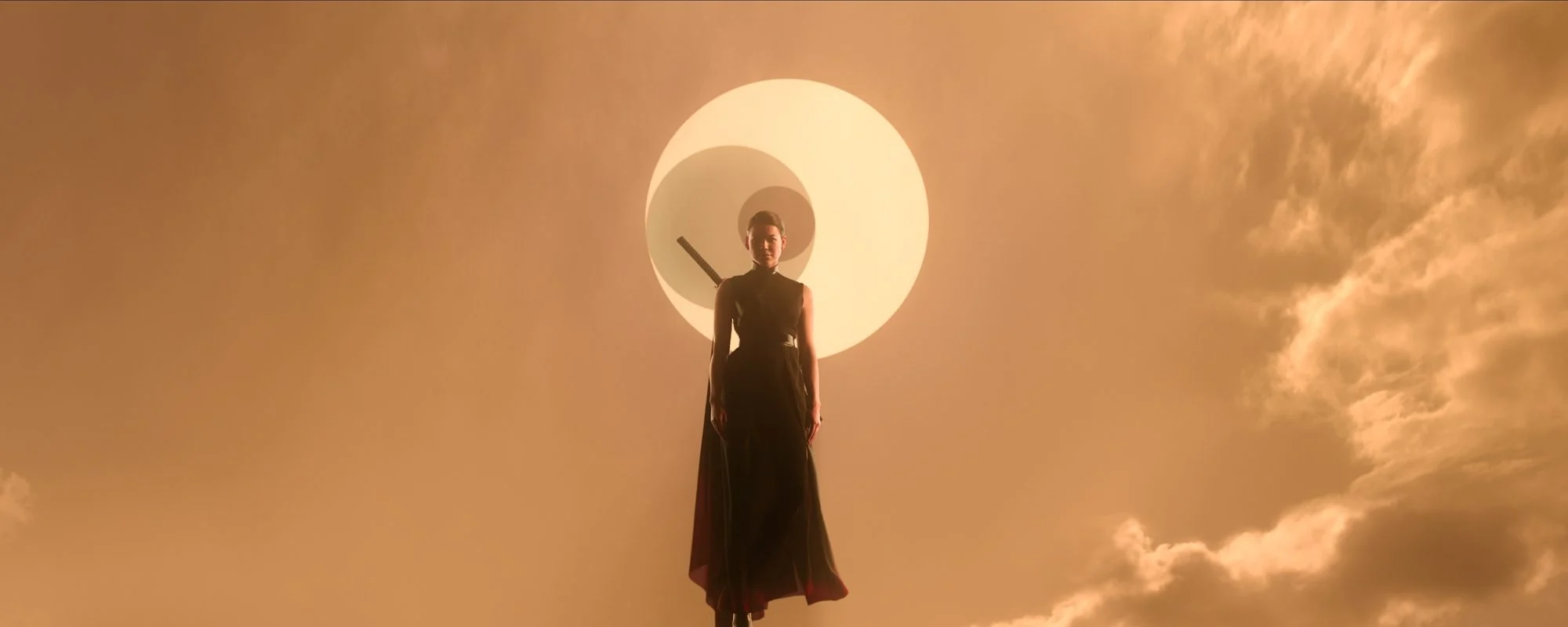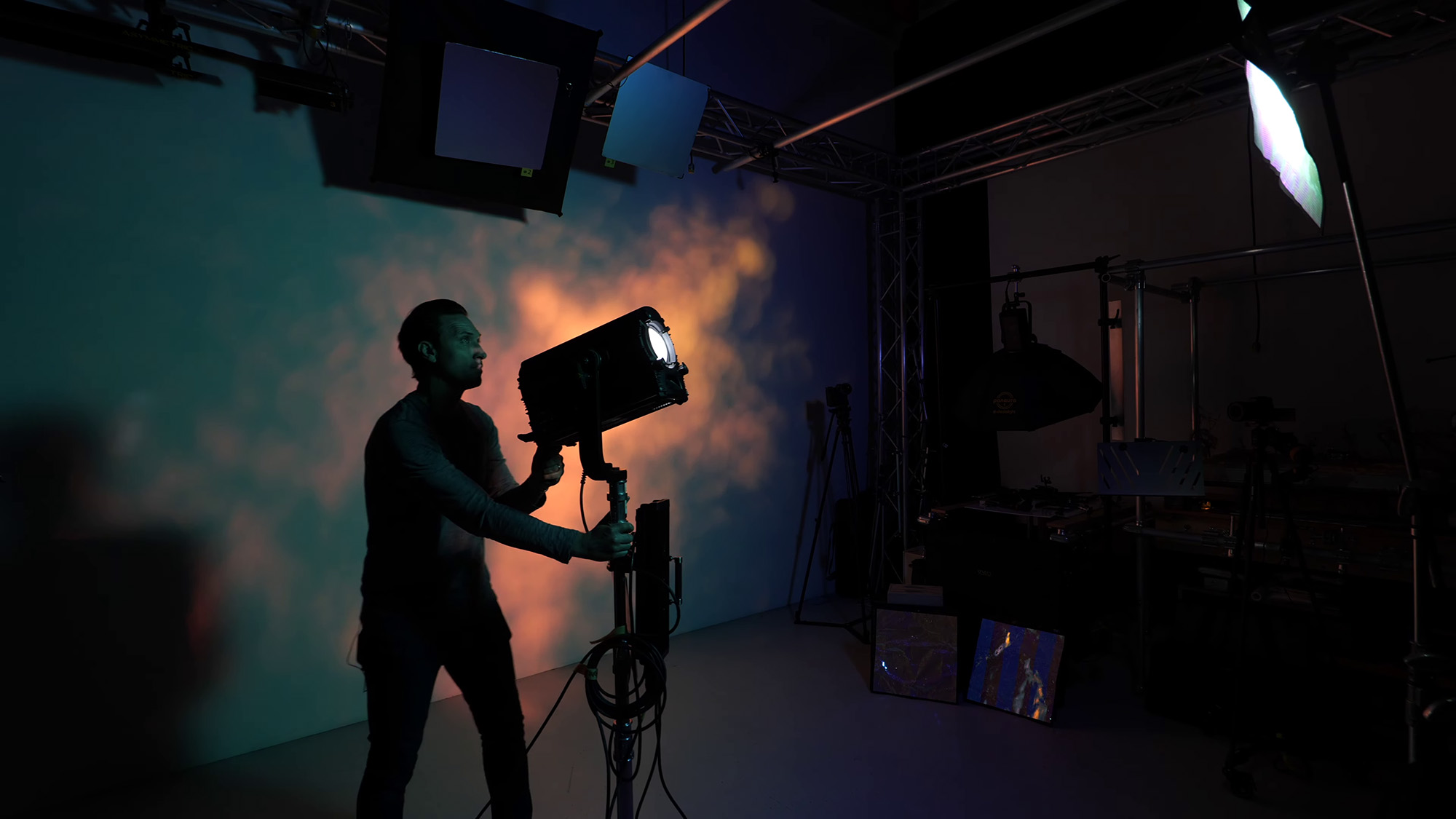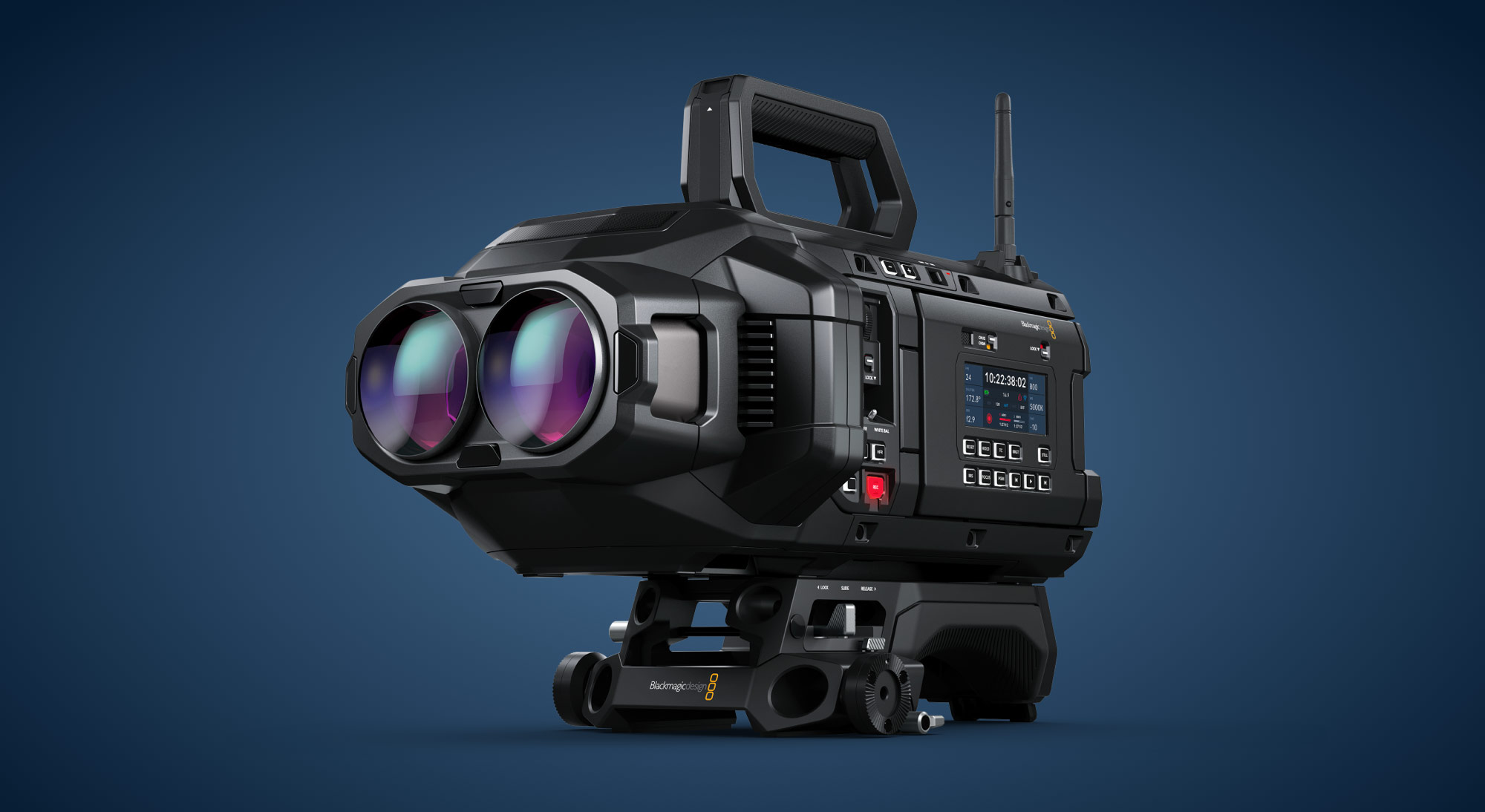Test av Arri D20
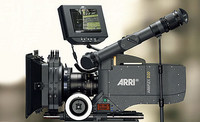
Vår spanske kollega filmfotografen Alfonso Parra, AEC, har gjort en ingående test av Arris digitalkamera D20, som är mycket läsvärd. Han har också dragit en del slutsatsar av testen, vad som är bra och mindre bra.
Some conclusions of the test of the camera ARRI D20 from TEA 2006.
Test of the camera have done in video mode HD 1920×1080, 24fps, Mechanical shutter of 172.8º, 1:1.85 and with gamma curve ITU R BT.
709 EI320 and at times curve Log C and Filmstream, recording in a Sony HDCAM SR 4:4:4 SQ in RGB and 10 linear bits. Images have been worked in Fotofilm/Deluxe(Madrid) and Image Film (Barcelona) capturing these from a Sony SRW 5500 in RGB, dual link exit 4:4:4 with a DVS Clipster, entrance format RGB, dual link 4:4:4. The video images are turned into real time to data, format DPX 10 bits. Data have been transferred to Lustre’s local storage where the correction of colour was accomplished, being necessary the creation of two projects, linear one and logarithmic other, depending of the image. We have not used any filter or mask in grading, just black, white and middle grey corrections.
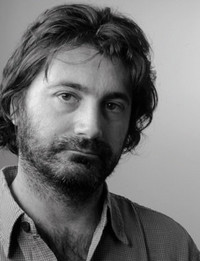
We filmed with Arrilaser, using an internal conversion of linear 10 bits to 10 logarithmic for the linear images. We filmed the logarithmic images without applying any conversion. Unlike a normal HD, “sharpness” correction has not been applicable, rightnow than, apparently, additional saturation is not necessary either. We filmed on Kodak 5242 and the positive was Kodak Vision and Premier. Nevertheless we made a little test too filming with ArriLaser in 16bits and a 20% plus of chroma.
Test has been based on overexposure and underexposure images with models and referential charts as well as at different natural locations of Zaragoza.
Things that are good…
-
An good resolution.
-
Natural colours and with more tones with correct exposure than other HD formats (F900, Varicam,etc).
-
Tones of skin softer.
-
Depth of field like the 35mm
-
Optic viewfinder that you allow to see outside of the picture.
-
Simple handling of the camera with all the elements of ARRI in the 35mm.
Things that are not so good…
-
Scarce latitude of exposition, especially in the high lights.
-
A loss of detail in high lights very hard and unnaturally burn colour.
-
Grey and flat shadows, with lack of information in underexposures.
-
The exposition criticizes.
-
Elevated noise level in the image (specially on shadows)
-
Variation of the distribution of the latitude depend on the adopted sensibility…
….and more
Best Regards,
Alfonso Parra AEC
På Alfonso Parras hemsida hittar du flera tester och mycket annat läsvärt.
